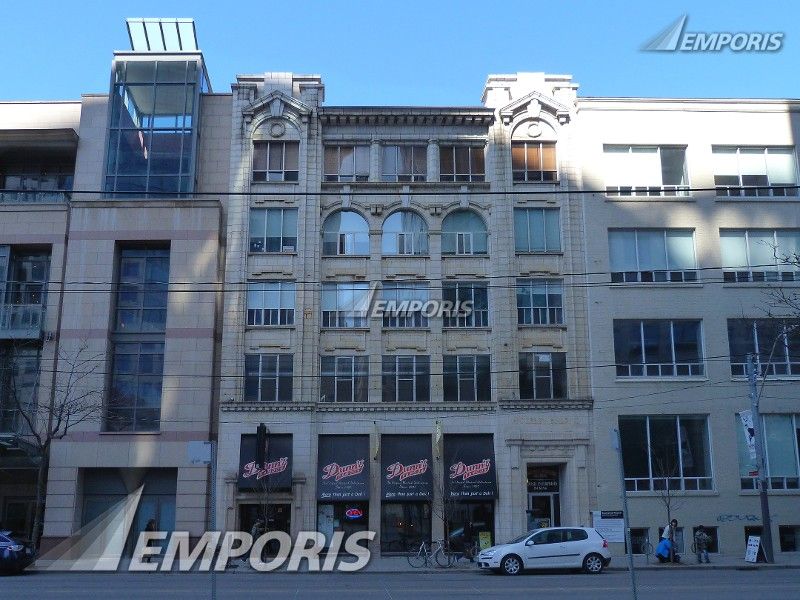jje1000
Senior Member
How is it moot? My entire point is that they do, indeed, exist.
Listen, if it's possible to retain these buildings or their facades in some incarnation, here or on another site, then I'd be all for it, but ultimately I'd be absolutely willing to sacrifice them outright to build these Gehry towers.
How is the Royal York not a valid example? The 80+ year old Queen's Hotel was razed to build the Royal York. Old buildings got demolished in every era.
The problem is that you are attempting to reduce the argument to a "What if theeeese buildings weren't built!" #spooky
The problem is that you're ignoring history to support your claim. That shouldn't be the case. All these instances of buildings represent eras where a modernist line of thinking was widely accepted, and the world has long since rejected that line of thinking.
Mirvish Gehry is an instance of neo-modernism/deconstructivism clashing against pre-modernist tedencies, less of an instance of something bigger replacing something smaller. In essence, the heart of the argument this thread has been going through is essentially "Do we want this architectural style to replace this architectural style?"
This is the same reason why the Royal York still doesn't count in my opinion as it doesn't represent the absolute break in the architectural timeline that is modernism. With modernism, you simply no longer have the continuty of materials and proportions that came before it.
I consider the Royal York and its cohorts to be of a different era, closer in line to the warehouses than to the other examples you listed.
Last edited:
